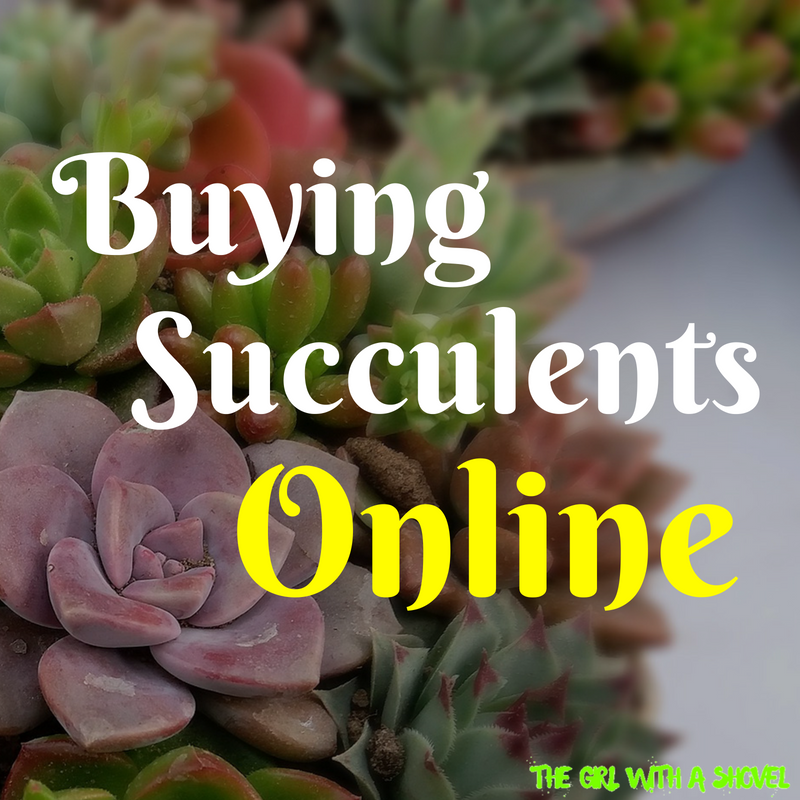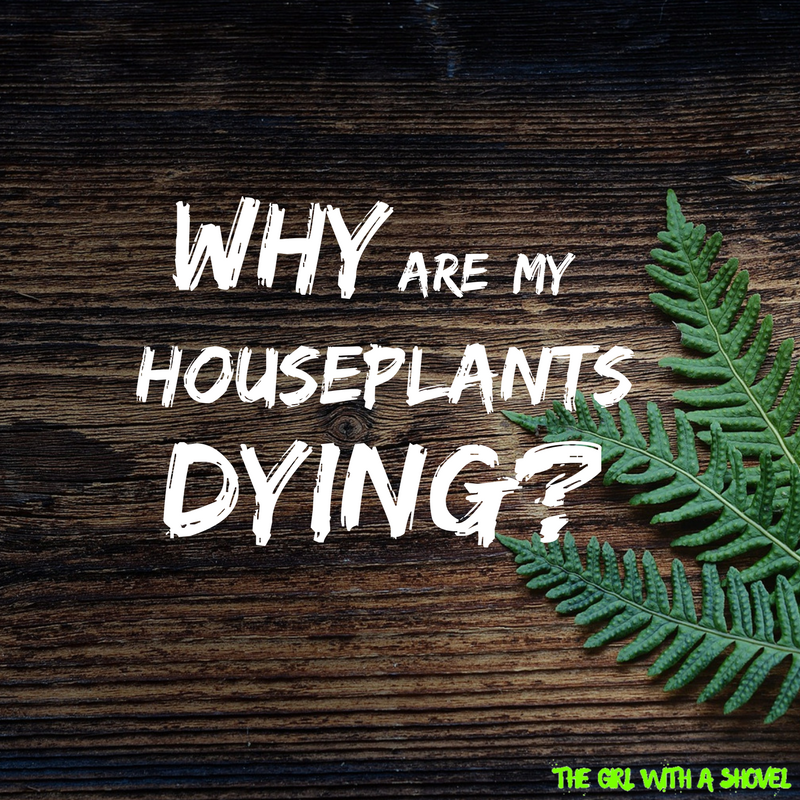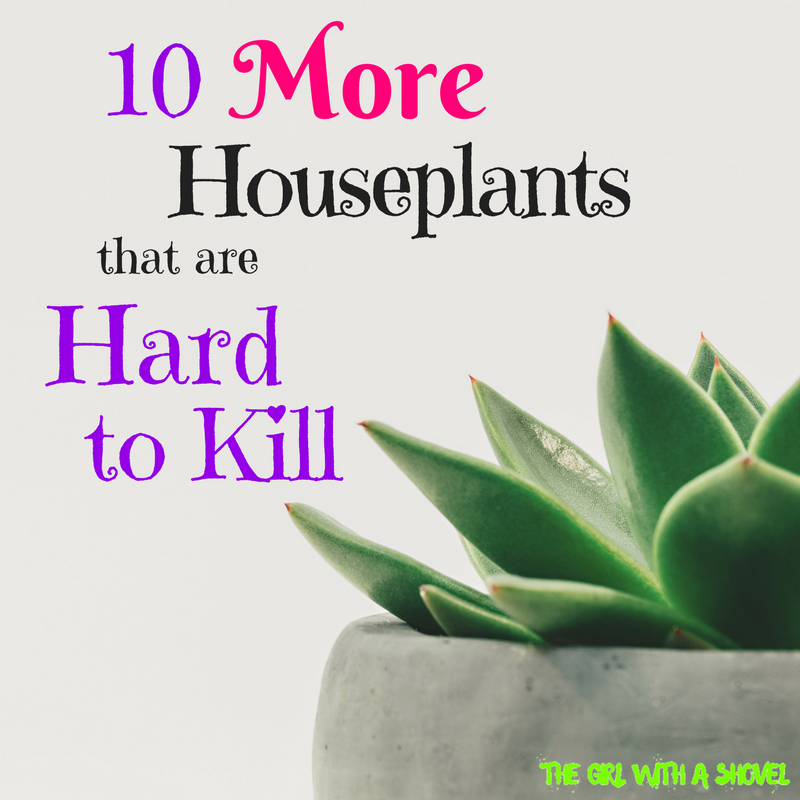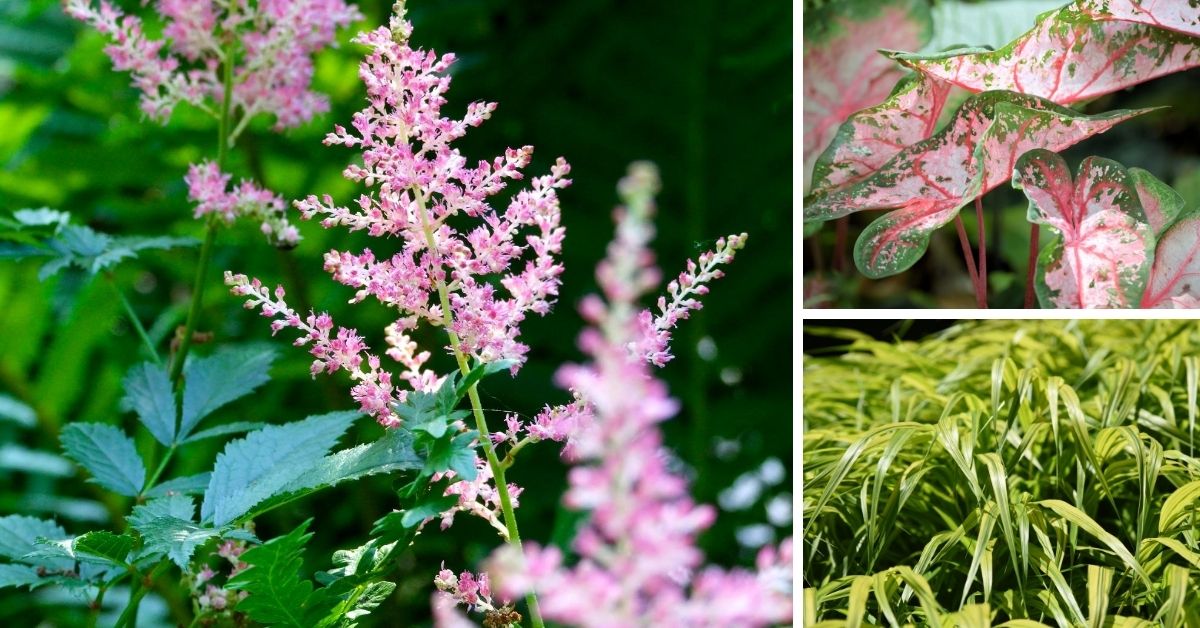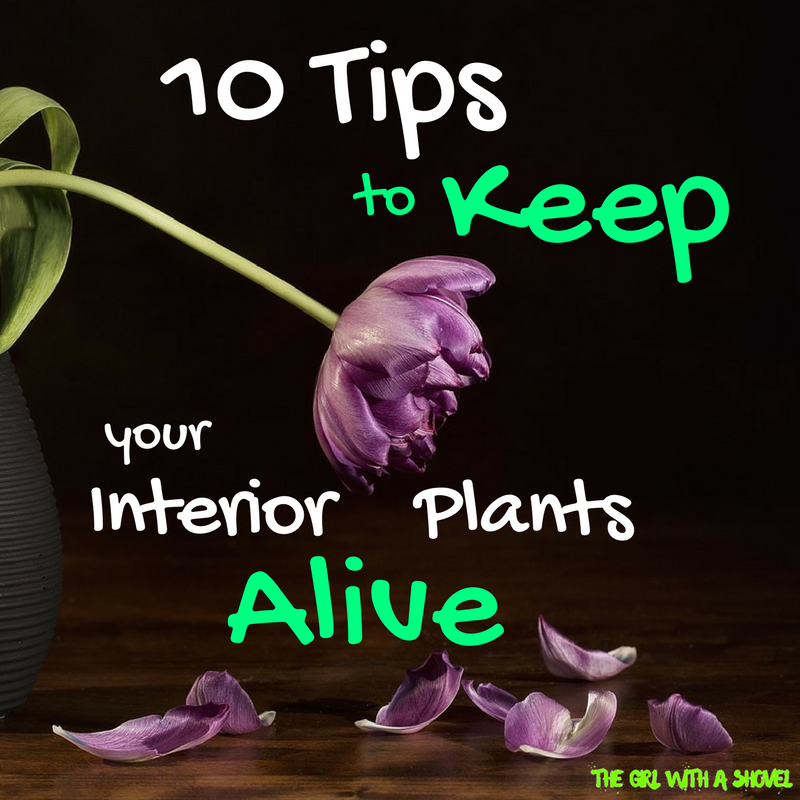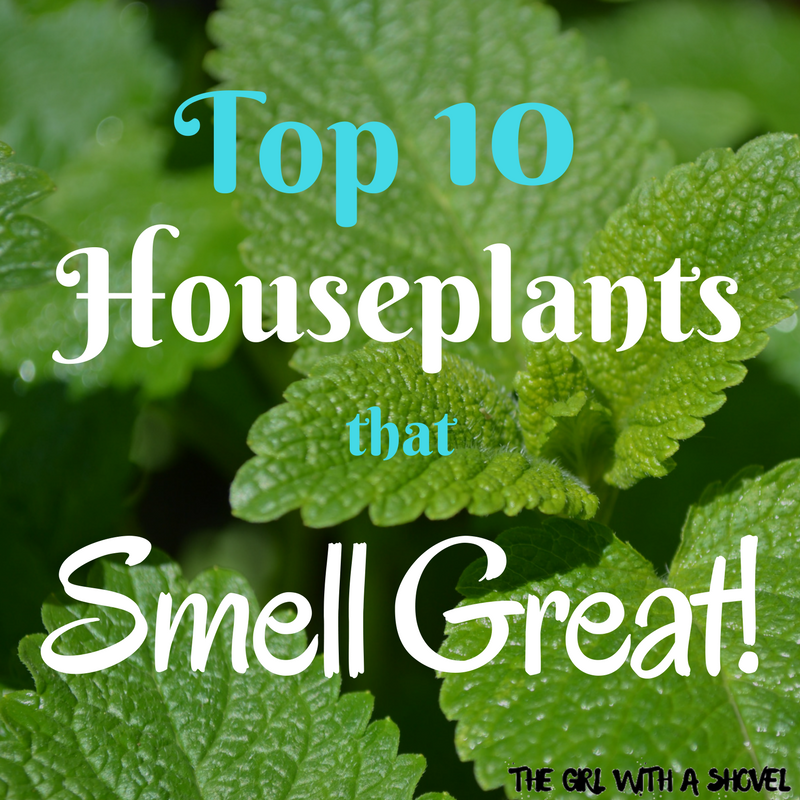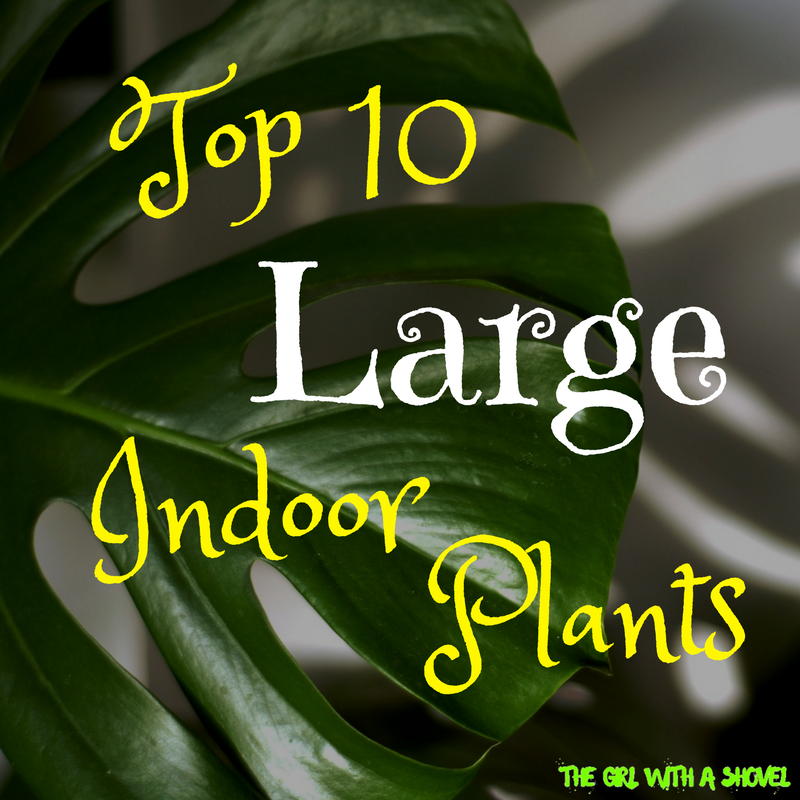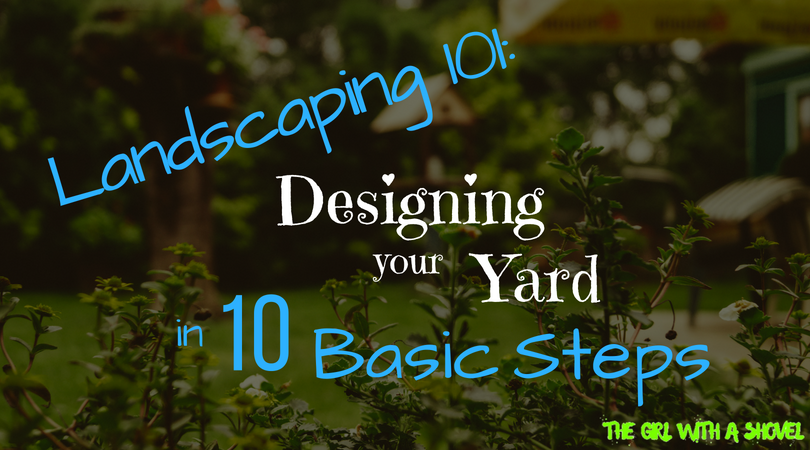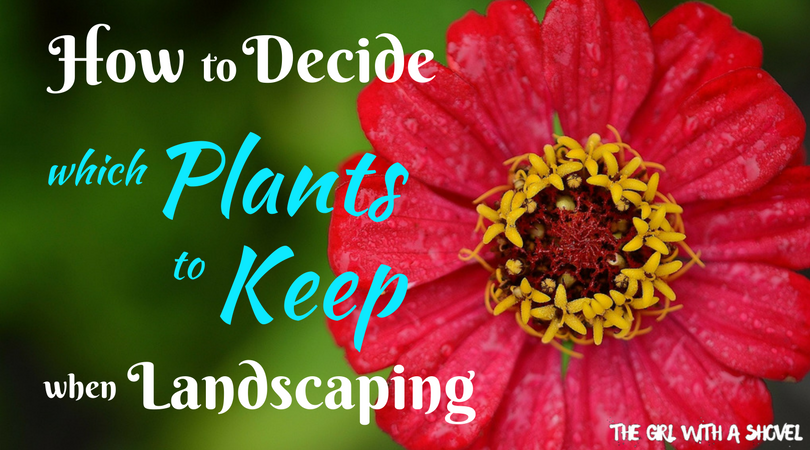One big problem that I see within landscapes is that dreaded shade circle. Usually people don’t plan for shady areas and end up planting the same grass, shrubs, or annuals in the shady and sunny regions of their yard. Most often, this leaves an area that is full and thriving in one area, then looks like it is dying five feet over. But here is a way to fix it! Remember to plant shade areas with shade-loving plants! What a concept! Don’t know what to plant? Here is a list of some of the more common plants for the shade…
*Note: If you really have no way around re-planting, but are left with dying plants, another alternative is if it is a tree or other plant that is causing the shade, try thinning out the shade. This is done via selective pruning. It is best to hire an arborist to prune large trees, but can also be done yourself if you have the proper experience and safety gear.*
**Note: This post contains affiliate links, which if purchased, I will receive a portion of the profits at no extra cost to you. This helps me to keep providing you with this awesome information!**

Plants for the Shade #1: False Goat’s Beard – Astilbe
Found in most nurseries as simply Astilbe, this perennial is good for zones 3-9. There are many different varieties available that range from 6 inches to 5 feet in height. They are also available in white, red, pink, purple, and blue varieties. Astilbe does well in partial shade to full shade (though it won’t flower quite as much in full shade). It needs protection from hot afternoon sun as this can cause the leaves to burn. Astilbe also does well in pots that are left in shady areas. Just remember to keep these plants a bit moist as they don’t like to dry out!
Find it here!
Plants for the Shade #2: Hostas – Hosta
Hostas are a very common shade plant. And it’s clear to see why! There are thousands of different varieties of this plant, each one showing off its different patterns and shades of green, yellow, and white leaves. Hostas will also flower, but they are normally planted for their foliage, not their flowers. These plants vary in how much sun they require (depending on the variety), but all hostas will either like partial shade or full shade. Deer do like to much on these plants, though, so make sure to plant deer-resistant plants surrounding your hostas if you are in an area that has a lot of deer.
Find it here!
Plants for the Shade #3: Coral Bells – Heuchera
This is another plant that has very attractive foliage! Coral bells is a hardy perennial (down to zone 3!) and leaves come in colors ranging from red, orange, and yellow to dark green, purple, and near black! These plants will flower late spring to early summer and spent booms can be removed to show off the colorful leaves. Coral bells also does well in pots and are best in part shade to full shade conditions. Make sure to keep them slightly moist (but not drowning!) and enjoy these colorful plants all year long!
Find it here!
Plants for the Shade #4: Sweet Woodruff – Galium odoratum
Sweet Woodruff was originally grown for its sweet, fresh fragrance as well as its medicinal and edible uses. Hardy from zones 4-9, this pretty perennial loves the shade and will bloom from late spring to mid- summer. Reaching a height of only 1 foot, this is a great groundcover for large areas. It is also deer resistant. Be careful, though, as Sweet Woodruff can become invasive. They spread through underground rhizomes, so make sure that the area has a border and that any plants outside of the area is removed every spring. (Photo by Jean Gaffard)
Find it here!
Plants for the Shade #5: Japanese Forest Grass – Hakonechloa macra
This is one of my favorite grasses! This perennial grass not only does well in partially shaded borders and planters, but also does well in partially shaded pots. It has green foliage (and a variety with cream colored leaf margins!) and it will turn red in the fall as it prepares to go dormant. Japanese Forest Grass will also bloom, but flowers are small and inconspicuous. This grass is also deer resistant and slow-growing, making it a great landscape plant! (Photo by Real Jardin Botanico de Madrid)
Find it here!
Plants for the Shade #6: Columbine – Aquilegia
Columbine plants are a great option for areas with partial shade. These plants can tolerate full sun in cooler climates, but need partial shade in warmer regions. This native plant has many different varieties to choose from. So many in fact, that you can find columbine in any color you want! Columbine do have short lives (around 3-4 years), but they will re-seed easily and the new seedlings will produce flowers starting in their second year. There are also drought-tolerant varieties available, making it great for anyone looking to cut back on their water bill!
Find it here!
Plants for the Shade #7: Ferns
Ferns are great for shady spaces! They not only do well in the shade garden, but also thrive in indoor and outdoor pots, making them great for any area that doesn’t receive much sunlight. There are many different types of ferns available, so choose one that is the right size and has the upright or hanging form that you like. Depending on your climate, some ferns may die back in the winter, whereas some ferns will actually be evergreen! And don’t worry too much about your gardening experience… ferns are some of the easiest plants to grow!
Check out this Japanese Painted Fern!
Plants for the Shade #8: Bleeding Heart – Lamprocapnos spectabilis
This shade-loving perennial is also one of the easiest perennials to grow! Foliage and flowers emerge in early spring and plants will thrive in cool, shady locations. After blooming and with the hot summer temperatures, Bleeding Heart will have an early fall and the leaves will turn yellow and die back. These can be trimmed back in preparation for the next spring’s pink and white show!
Find it here!
Plants for the Shade #9: Lenten Rose – Helleborus orientalis
Lenten Rose is one of the most popular shade plants. With flowers available in white, green, red, pink, purple, and even a near black, this plant has a lot of colors to choose from! Lenten Rose can grow in zones 3-9 but will be evergreen in any zone above 5. These late-winter to early-spring blooms are also deer and rabbit resistant, which makes them great for forested regions. They also love the shade and once established, can even tolerate dry conditions. Overall, they are an easy-to-care-for perennial that will make you want to keep planting more!
Find it here!
Plants for the Shade #10: Caladium – Caladium
Also known as Elephant ear, Caladium has very showy leaves that range in colors of greens, reds, whites, pinks, and purples. This plant prefers partial shade and is only a perennial down to zone 9. However, in colder climates, the tubers can be dug up in the fall to be stored in a cool, dry place until the following spring. Caladiums can also be grown in pots for easily placing indoors during the winter. Though Caladiums require a bit more care, their bright, colorful leaves are definitely worth the extra effort!
Find it here!
Plants for the Shade #11: Hydrangea – Hydrangea spp.
Hydrangeas are an ever-popular plant and it’s no question why! These guys do great in partial shade and there are even some varieties that are more tolerant to full shade. Their great, big bundles of blooms are either white, green, or the famous blue (in acidic soil) and pink (in alkaline soil). There are also hydrangeas that do well from zones 3-9, thus making it the perfect option for many people in various climates. Just make sure that they receive a bit of attention during the winter to ensure their safety!
Find it here!
Plants for the Shade #12: Mondo Grass – Ophiopogon japonicus
Mondo grass is also very popular in the landscape. With both green and black varieties, Mondo grass can be grown in borders, planters, pots, or even as a lawn! It can tolerate full sun, but will have a darker color in partial shade. This is perfect for areas that are a mix of sun and shade. This perennial grow only 6 to 10 inches tall, making it perfect for a low border, or to add an additional layer to planting beds! (Photo by brewbooks)
Find it here!
There’s my list of 12 plants for the shade! There are many more perennial plants that can tolerate the shade, but I tried to keep it to plants that are more common and readily available at any local nursery. And if you live in warmer zones, or are okay with an annual, check out my list of 14 Coleus Varieties for the Shade! Then feel free to comment about any of these plants, as well as any other plants that you have found to be successful in your own shade garden!
Happy digging!


